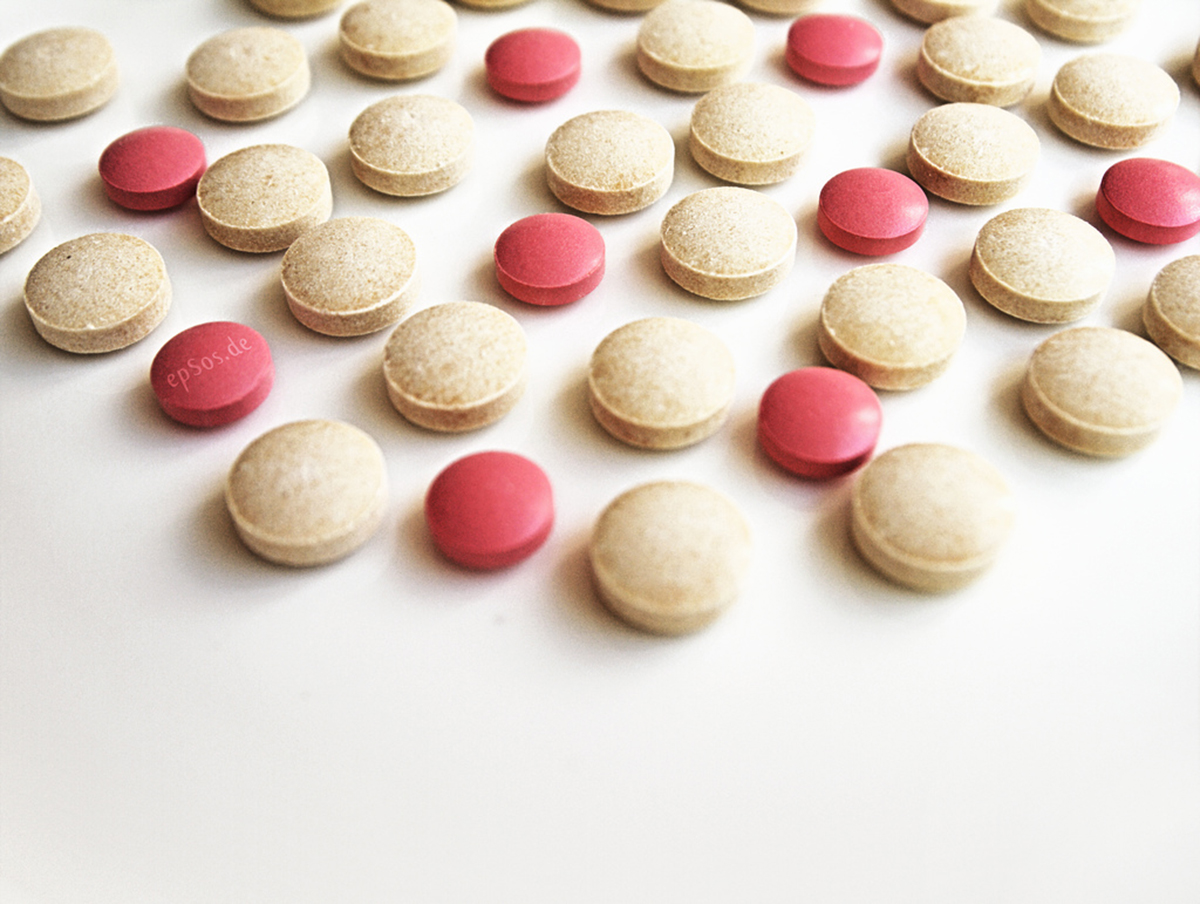Table of Contents
Antibiotics In The Meat Industry: The Shocking Facts
Colistin-resistant bacteria may be confined to China at the moment, but the routine use of antibiotics on healthy animals certainly isn't. You may be shocked to hear that 80 percent of all antibiotics sold in the US are intended for use on livestock and poultry — but that figure becomes even more terrifying when you add the fact that most of the animals to whom antibiotics are administered aren't sick at all. In the livestock industry, adding antibiotics to food and water in order to make animals grow faster and to prevent — not cure, but prevent — infections that could be caused by their appalling living conditions are routine practice.

The routine use of antibiotics on healthy animals may kill off weak bacteria that healthy animals should be able to fight off anyway, but it also creates an environment in which more aggressive bacteria can thrive. In China, 20 percent of the investigated animals were found to carry resistant bacteria, but the same also held true for 15 percent of meat. Contact with such meat can pose a real threat to humans, but resistant bacteria may also be able to reach the wider population through contact with farmers.
So, What Can Be Done?
The US Food and Drug Administration, the FDA, has approved the use of antibiotics in animals for the following purposes:
- Treating sick animals
- Disease control for a whole group of animals when a portion of the group has been proven to be sick
- Disease prevention for animals at risk of becoming ill (including, presumably, those whose living conditions make them more prone to illness
- The promotion of growth and weight gain
The FDA does gave guidelines in place, guidelines that suggest antibiotics should only be used on animals that are sick, and only under the watchful eye of a vet. Are guidelines enough, though? Policy makers in the Netherlands, my native country, don't think so. When I was a child, antibiotics were used on animals in a similar fashion in this country. Since then, however, the use of antibiotics to promote growth and weight gain has been banned strictly. Antibiotics can be administered to sick animals and to groups when some are already ill and the rest is deemed to be at risk, but the use of antibiotics in meat farming has declined over the past years, with the strong intention to bring it back even further.
Professor Laura Piddock, from the campaign group Antibiotic Action, takes this idea a step further. She told the BBC that the same antibiotics "should not be used in veterinary and human medicine".
READ Natural Antibiotics: Foods that Work as Antibiotics
Should you want to lobby for legislation that actively reduces the risk of antibiotic-resistant bacteria in your country, you can write to your government representative or engage in civil action, by signing the petition that the National Resources Defense Council has going at the moment for instance. You may also consider only buying antibiotic-free organic meat, or even becoming a vegetarian. In the US, products labeled "USDA Organic" or "No Antibiotics Administered" are products that do not contribute to the creation of a post-antibiotic world.
- Photo courtesy of jennicatpink
- Photo courtesy of epSos.de
- Photo courtesy of epSos.de


Your thoughts on this